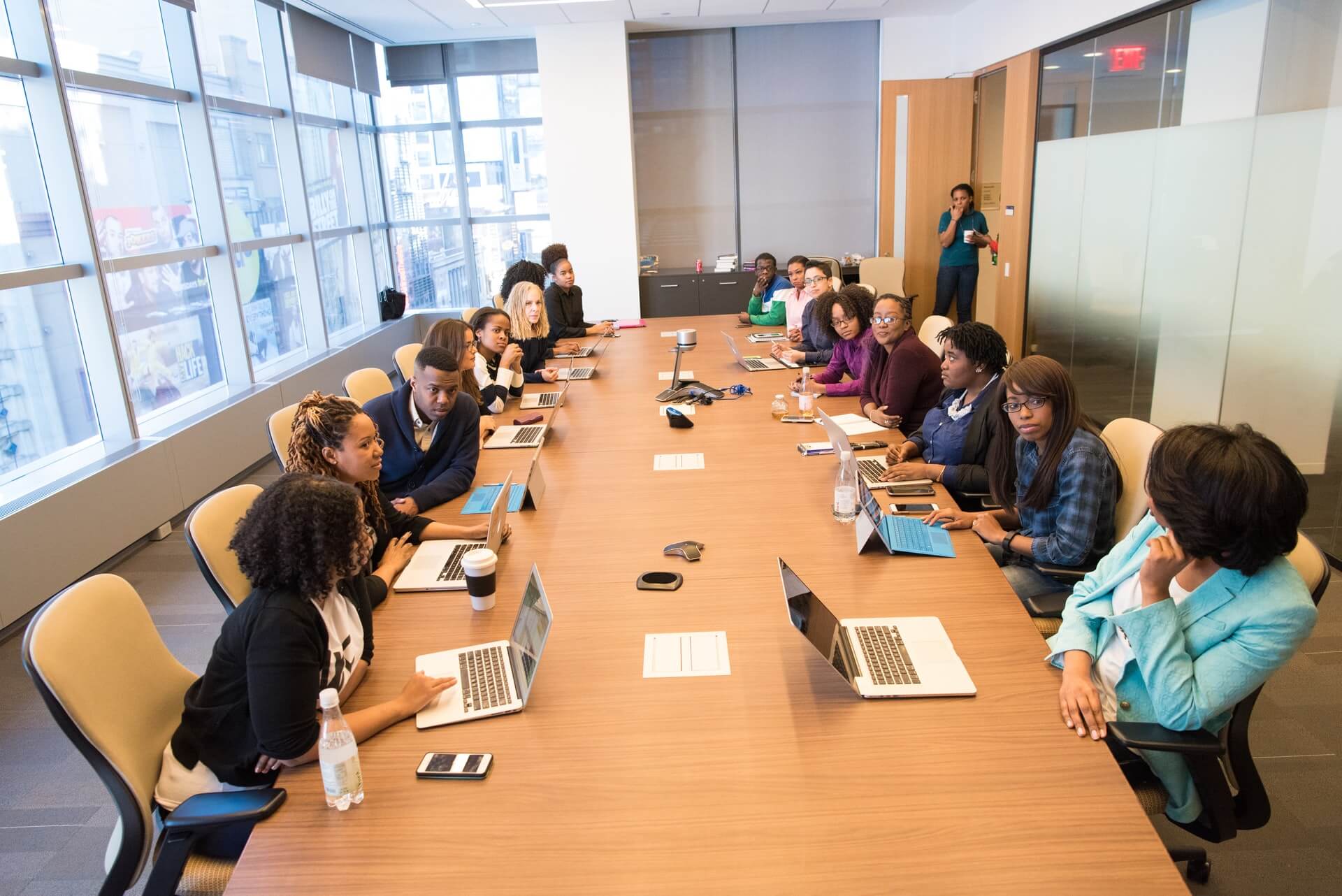In another sterling example of checking brains at the nonprofit boardroom door, I recently learned of a charity that is financially on the ropes.
Poor decisionmaking, weak leadership, the struggling economy, and ho-hum programming have this cultural entity (with a multi-million facility) on the verge of collapse.
No one is currently at the helm, and the board is hunting for a new chief executive. After a bumpy search, the choice is down to one of two candidates.
Candidate A has fundraising experience, but has never managed people, never served as the senior executive of any organization, and has never worked with an agency within the cultural sector. But the person is bright, likeable and local.
Candidate B is a seasoned E.D. with a track record of performing turnarounds at charities with a similar mission. This person, however, would be relocating from half-way across the country, and has an aggressive personality tinged with a helping of arrogance.
The search committee sums up their choice this way: Candidate A has a lot of potential and, we believe, could grow into the job. Candidate B could definitely do the job.
Slam dunk choice, no? After all, the charity is at the verge of shutdown.
But since Candidate B is not as “nice” as Candidate A, this group is seriously considering banking on “building the capacity” of Candidate A as a chief executive.
Am I missing something here? If this were a multi-million dollar company with stockholders, would this board even CONSIDER making the same choice?
Sometimes, real capacity-building is nothing more than engaging the full capacity of our brains … the ones we checked at the boardroom door.
Farewell, and fare well till next week …
——————
For more resources, see our Library topic Nonprofit Capacity Building.
——————










